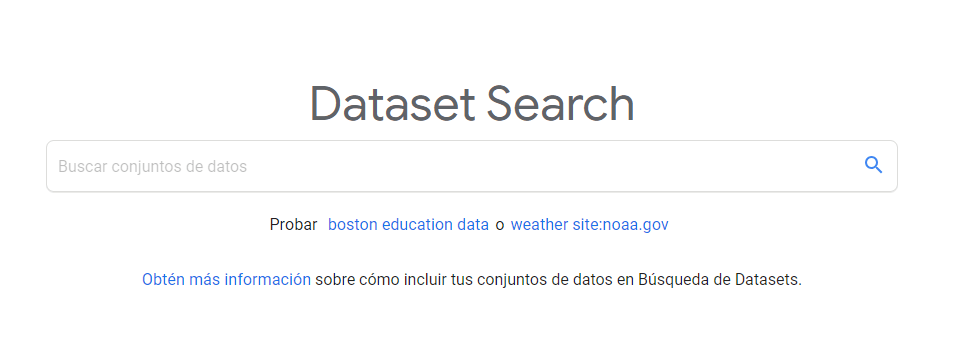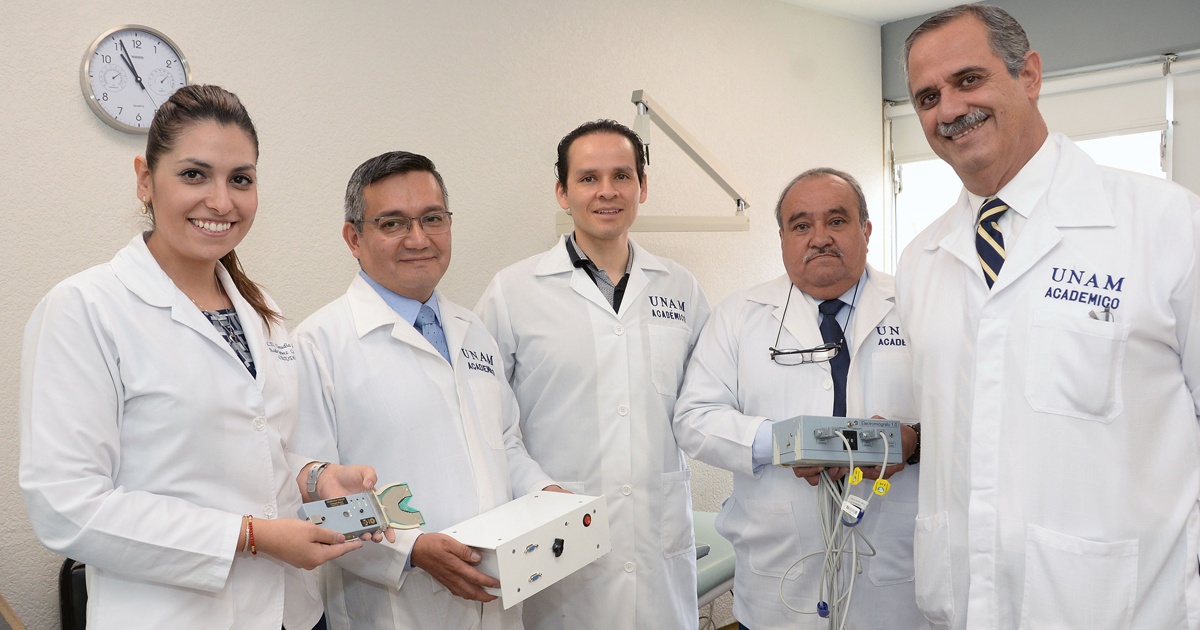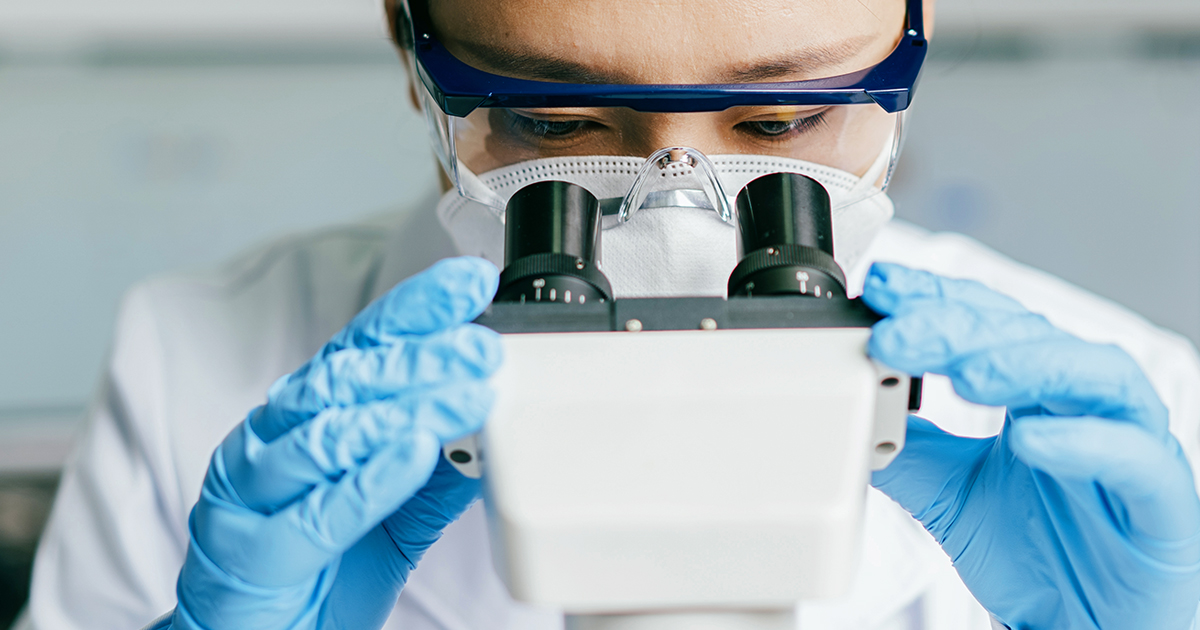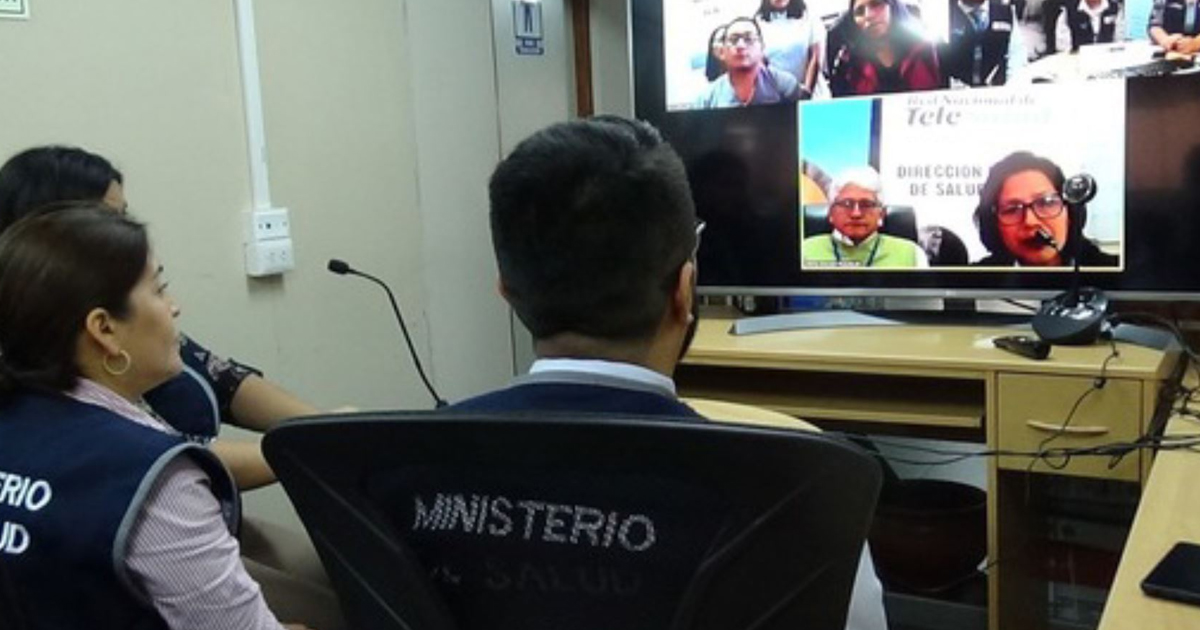The study "Sounds of COVID-19: Exploring the realistic performance of audio-based digital tests," was published in the scientific journal npj Digital Medicine by Nature.
It is possible to use audio-based approaches for efficient, affordable and at-scale detection of COVID-19. The study published in Nature recently uses audio cues such as coughing, breathing and voice, and the application of machine learning and deep learning models, to test for this disease.
However, the authors of the study acknowledge that it is necessary to explore how biases and methodological decisions affect the practical performance of this type of tool. To do this, they managed to collect a wide set of respiratory audio data through a mobile app, this data also included information on symptoms and results of COVID-19 tests.
The data set included 5,240 audio samples from 2,478 English-speaking participants, the importance of choosing only one language was to avoid acoustic bias, the study explains. The study also considered population subgroups such as gender, age and also showed a consistent performance on the prevalence of COVID-19.
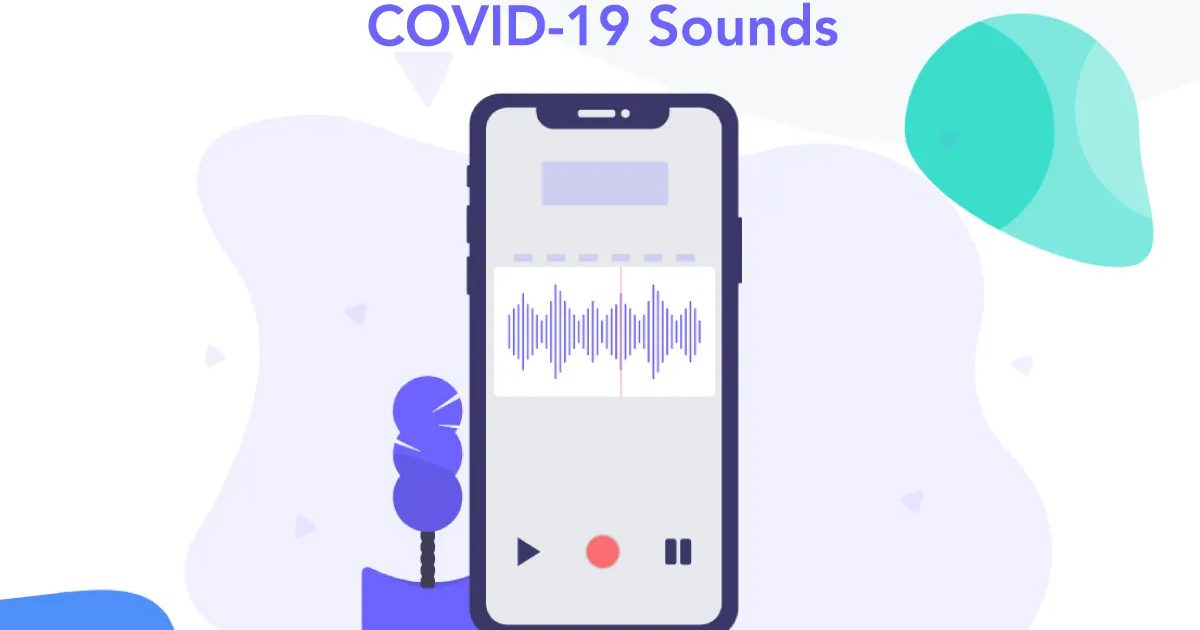
“We use these audio samples to build an audio-based COVID-19 prediction model. The unbiased model took features extracted from respiration, cough, and voice cues as predictors and yielded an AUC-ROC of 0.71 (95% CI %: 0.65–0.77)," the study explains.
In this sense, the creation and validation of a deep learning method for the detection of COVID-19, analyzing human sounds, was possible. “We analyze the predictive performance of the presented model in the detection of COVID-19 infection, which can provide information on the adoption of digital health technologies in the COVID-19 era”, the authors conclude in the discussion section. in the study.
Check the full study at the following link: https://www.nature.com/articles/s41746-021-00553-x


